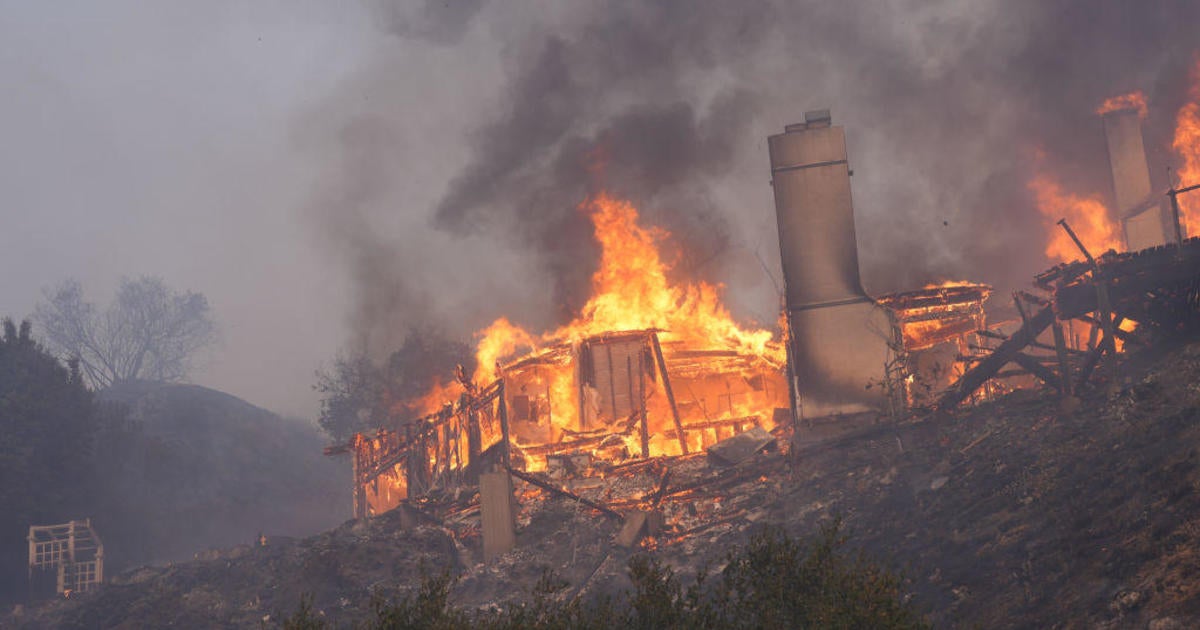Is Your Home at Risk? Uncover the Shocking Wildfire Threat in Your Area!
Wildfires are no longer a distant threat; they're a rapidly growing danger impacting communities across the United States. Fueled by climate change and increasingly intense dry seasons, these catastrophic events are devastating homes and upending lives. But what does this mean for your home? Are you prepared for the unimaginable? This article will illuminate the alarming wildfire risks in various regions and provide you with crucial insights to protect your property.
Wildfire Hotspots: Where's the Danger?
California, often synonymous with devastating wildfires, continues to face a severe risk, particularly in Los Angeles and surrounding areas. Last week's blazes serve as a grim reminder of the catastrophic power of these infernos. The intense winds and parched conditions create the perfect storm, and climate change exacerbates the problem, lengthening dry periods and intensifying rainy seasons. This volatile cycle leaves communities vulnerable and unprepared. But California isn't alone. Numerous states face significant wildfire threats.
Beyond California: A Nation at Risk
The risk extends far beyond the Golden State. The Federal Emergency Management Agency's (FEMA) National Risk Index highlights several high-risk areas across the US. The driest October on record in parts of the east coast underscored this growing threat. The problem extends from New York City, Philadelphia, Atlanta to areas not generally associated with wildfire. The wildland-urban interface, where human development encroaches on natural habitats, significantly elevates the danger.
Analyzing the Risk: Which States are Most Vulnerable?
First Street Foundation, a leading climate non-profit, has conducted in-depth analyses to pinpoint regions with high wildfire risk. They define 'major risk' as a 6-14% chance of direct property damage within the next 30 years and 'severe risk' as 15% or higher. According to their data, the risk varies dramatically across the US. Wyoming is one of the highest at risk states; approximately 69% of its properties face a 'major risk', followed closely by Colorado with 53% in 'major' risk category. Significant portions of other Western states like Arizona (27% in 'severe' risk), Texas, and the Great Plains, are also identified as vulnerable. The South and other areas not considered conventionally fire-prone also have areas of elevated risk, meaning no community is truly immune.
Protecting Your Home: Proactive Measures to Take
Given the alarming rise in wildfire risk, taking proactive steps to protect your home is crucial. It's no longer a matter of 'if' but 'when.' These steps range from simple preventative measures to more involved preparations. The most critical factor is early preparation.
Create a Defensible Space
Creating a defensible space around your home significantly reduces the chance of ignition and the spread of fire. This involves clearing flammable vegetation, maintaining appropriate distances between structures, and using fire-resistant materials for landscaping. Make a space of at least 30 feet around the home to minimize the threat.
Develop an Evacuation Plan
Developing an evacuation plan, and practicing it regularly, ensures your family can react quickly and safely in an emergency situation. It's critical that you familiarize your family members with multiple evacuation routes. Establish a pre-determined meeting spot for the family outside of the danger area, ideally not near any likely spread locations.
Protect Your Property
You should consider installing a home sprinkler system as they provide an essential barrier of defense in case the wildfire approaches.
The Future of Wildfire Risk: What Can We Expect?
As climate change continues to affect weather patterns, increasing temperatures and drier conditions contribute to prolonged fire seasons. The intensity of fires is expected to worsen, as demonstrated by some recent events. With growing populations and increased encroachment into wildlands, the conflict is certain to continue and worsen.
Understanding Climate Change’s Impact
Recognizing that the relationship between climate change and the severity of wildfire seasons will likely get worse. Extreme conditions, characterized by high temperatures and low humidity, are increasing significantly. As these conditions increase, fire occurrences will only be expected to follow the trend of becoming both more frequent and more intense.
Adapting to a Changing Landscape
Adapting to these changed landscapes must involve a combination of improved wildfire mitigation strategies at local and national levels. This also requires stronger regulations in development practices along with better public awareness initiatives regarding wildfire prevention, planning, and mitigation efforts.
Take Away Points
- Wildfire risk is expanding, impacting diverse communities across the US.
- Preparation is key: create defensible spaces, have an evacuation plan, and protect your property.
- Climate change's role in amplifying fire intensity is critical to understand.
- Collective mitigation and adaptation strategies are vital to addressing future wildfire threats.




